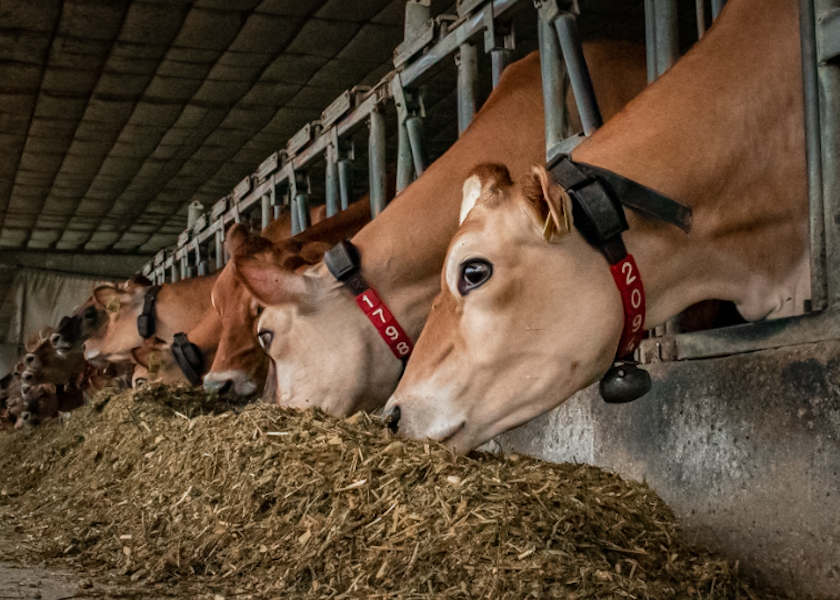Additional Work Lies Ahead to Remedy Relief Shortfall for DMC Program

The details outlined that will utilize $350 million in pandemic assistance to dairy farmers who received a lower value for their products due to market abnormalities caused by the pandemic was released by USDA Thursday. The assistance is part of the Pandemic Market Volatility Assistance Program, and the same day, USDA also announced permanent improvements to the Dairy Margin Coverage (DMC) safety net program.
Payments under the Pandemic Market Volatility Assistance Program will reimburse qualified dairy farmers for 80% of the revenue difference per month based on an annual production of up to 5 million pounds of milk marketed and on fluid milk sales from July through December 2020.
Jim Mulhern, president and CEO of National Milk Producers Federation (NMPF) states that the recent announcement by the USDA is an initial step in the effort that will help many producers. “It unfortunately falls significantly short of meeting the needs of dairy farmers nationwide. The arbitrary low limits on covered milk production volume mean many family dairy farmers will only receive a portion of the losses they incurred on their production last year. These losses were felt deeply by producers of all sizes, in all regions of the country, embodying a disaster in the truest sense of the word. Disaster aid should not include limits that prevent thousands of dairy farmers from being meaningfully compensated for unintended, extraordinary losses,” he says.
General Manager of National All-Jersey, Erick Metzger echoes NMPF’s worries on capping annual production to five million pounds will limit its effectiveness. “To put 5 million pounds in perspective, that’s 250 cows producing 20,000 pounds of milk, or 200 cows producing 25,000 pounds of milk annually,” Metzger says. “Over 50% of the milk produced in the U.S. comes from herds of 1,000 cows or more. Granted, the larger herds will get assistance on their first 5 million pounds, but for many, that’s less than 25% of their production.”
After USDA made the announcement Thursday, NMPF verbalized that additional work lies ahead to fully remedy this shortfall for all dairy producers. In a press release, McMullen says, “We very much appreciate USDA’s persistence and efforts to find a way to cover some of these losses using existing authorities, but NMPF represents producers from all regions and of all sizes and believes that losses incurred by producers must be addressed equitably.”
DMC payments outlined by the USDA would be retroactive to 2020, meaning a herd would have had to be enrolled in DMC in 2020 to benefit from payments outlined by USDA. “The USDA will update the feed cost formula in a way that better captures the actual cost of high-quality alfalfa,” ever.ag said in a statement.
Consequently, NMPF will continue to work with Congress to seek supplemental funding to close this gap and provide additional funds to help struggling dairy farmers who still are reeling from a once-in-a-lifetime world pandemic, plus dealing with rising feed and labor costs and weather ailments.







